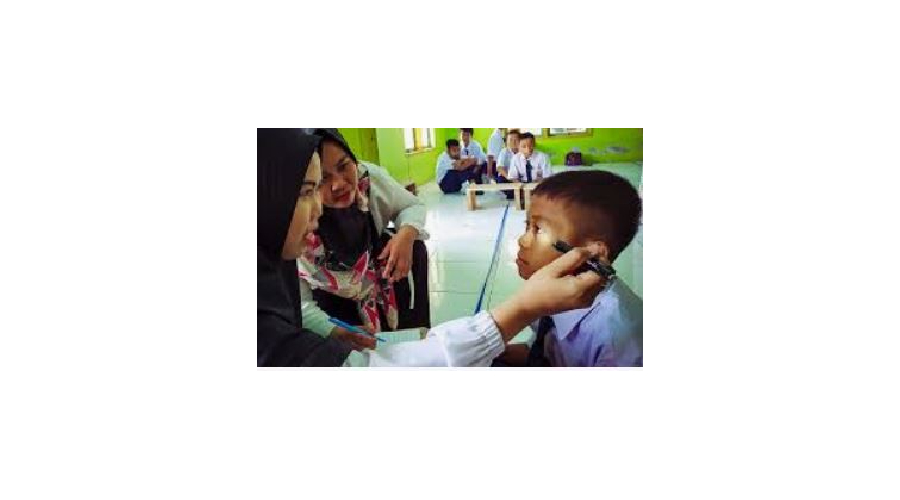21 November 2022
Young children may find it difficult to explain if they have a problem with their eyes. Here's how parents can spot early signs of myopia in children.
Myopia is a common eye problem in which a person has trouble seeing distant objects properly. A recent AIIMS study has revealed that more than 13% of school-going children have developed myopia and the number has doubled in the last decade due to excessive use of electronic gadgets. Myopia may raise risk of a child getting cataract, detached retinas and glaucoma later in life and if left untreated this can lead to blindness.
Quote.
"A majority of parents don’t fully understand myopia or the options that are available to help slow the progression of Myopia in their young children," says Dr. Vardhaman Kankariya, Director of Asian Eye Hospital, Pune.
It is possible to prevent long-term eye damage in children due to myopia with early diagnosis.
"The first step to preventing long-term damage is knowing the early signs of myopia in children so that its progression can be stopped and effective measures can be taken," says Dr Kankariya.
Signs of myopia in children
While early myopia can appear in very young age, myopia typically progresses faster in teens. It will typically stabilise in the early 20s when the eye has stopped growing. However, young children may find it difficult to explain if they have a problem with their eyes, and may not even realise it in the first place. That's why parents must watch out for the signs that can help them determine whether their child may have myopia.
Dr Kankariya lists the warning signs of myopia that parents must notice.
1. Rubbing eyes
Rubbing the eyes is a common response to eye strain and fatigue. Eye rubbing can be early sign of myopia development. Rubbing of eyes may be also caused by eye allergy and may temporarily relieve itchy eyes, dryness or provide a brief moment of clearer vision. Regardless, parents must take notice if their child rubs their eyes frequently. Rubbing the eyes can also transfer infection to the eyes. It can also increase the risk of long-term damage to the eyes. Therefore, parents must let their children know that they should try to stop.
2. Squeezing eyes to read
If parents notice that their child is squeezing eyes to read far objects then they may be experiencing difficulty with their vision. This is another tactic that humans naturally use to try and overcome symptoms of blurred vision.
3. Squinting
If myopia is more in one eye compared to fellow eye, then squint can occur in weaker eye. This can be a sign of myopia development.
4. Excess Watering of the Eyes
As near-sightedness causes discomfort in the eyes, parents may notice that their child has watery eyes. This is another symptom that can be confused with irritation from allergies, but if it is consistent and excessive due to strain it may be a sign of myopia.
Can myopia be prevented?
If near-sightedness is not inherited by a child, it is possible to prevent it or slow down its progression significantly. There are steps parents can take to help their child.
"They must make sure that their child gets an eye exam early, especially if they have a family history of near-sightedness or other eye conditions. If they notice their children squinting or they have trouble with details on things more than a few feet away at school or while they watch TV from a standard distance, it may be time for an eye exam. Other than that, parents must also encourage their children to spend some time outdoors, provide them with a healthy diet and reduce screen time, especially before bedtime," says Dr Kankariya.
Source – Hindustani News.
Yours sincerely
Frank Short



